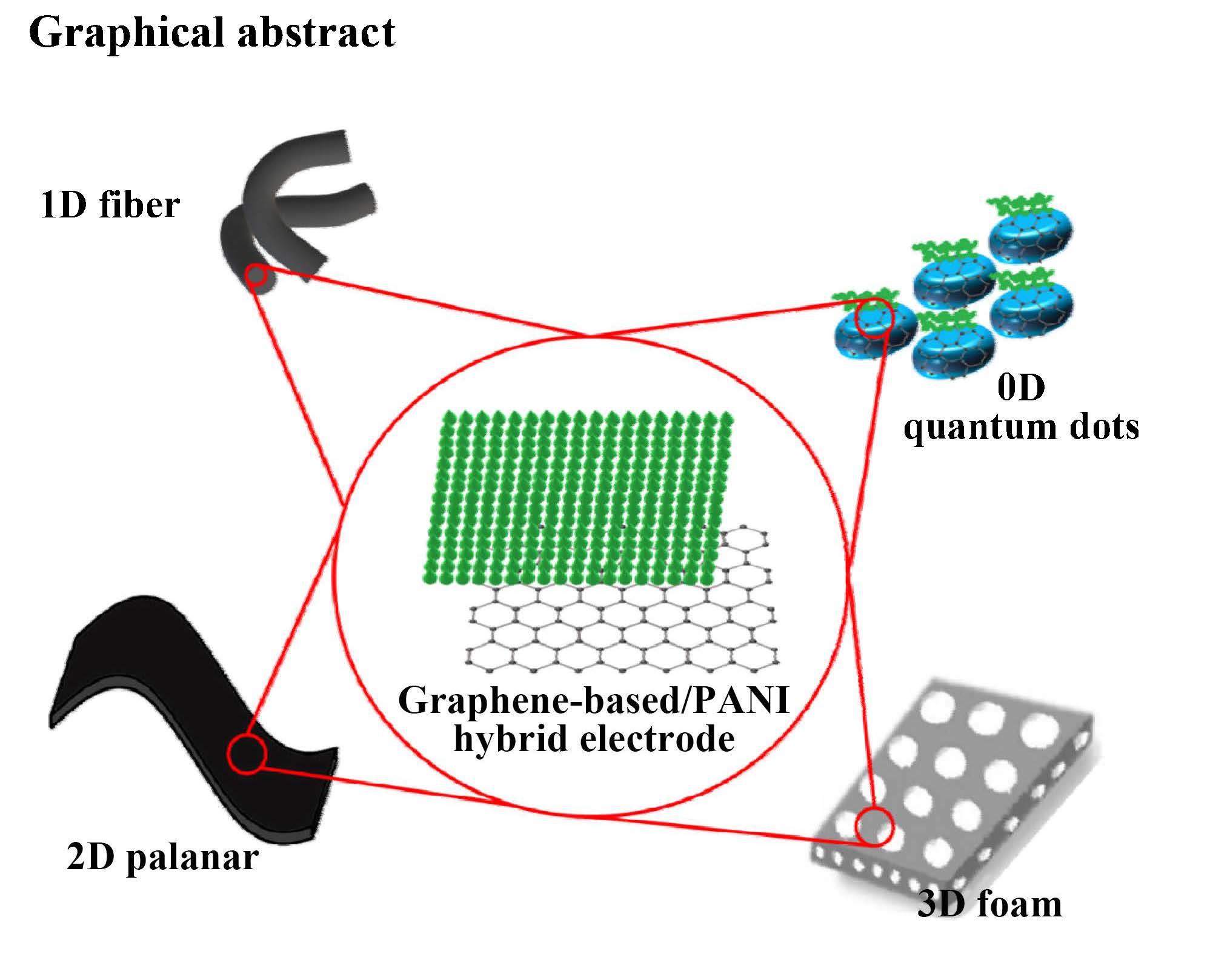Trends on the Development of Hybrid Supercapacitor Electrodes from the Combination of Graphene and Polyaniline
DOI:
https://doi.org/10.37256/fce.3120221077Keywords:
hybrid electrode, nanocomposite, graphene polyaniline, conducting polymer, asymmetric supercapacitorAbstract
The high demand for efficient energy devices leads to the rapid development of energy storage systems with excellent electrochemical properties, such as long life cycles, high cycling stability, and high power density. SC is postulated as a potential candidate to fulfill this demand. The combination of graphene and polyaniline can create SC electrodes with excellent electrical conductivity, high specific surface area, and high capacitance. The graphene/polyaniline hybrid electrodes represent an attractive means to overcome the major drawbacks of graphene or polyaniline non-hybrid (single) electrode materials. In this review article, the trend in the development of various graphene/polyaniline hybrid electrodes is summarized, which includes the zero-dimension graphene-quantum-dots/polyaniline hybrid, one-dimension graphene/polyaniline hybrid, two-dimension graphene/polyaniline hybrid, and three-dimension hydrogel-shaped graphene/polyaniline hybrid. Several strategies and approaches to enhance the capacitance value and cycling stability of graphene/polyaniline hybrid electrodes are discussed in this review article, such as the addition of transition metal oxides and metal-organic frameworks, and modification of graphene into functionalized-graphene. The performance of the electrodes prepared from the combination of graphene with other conducting polymers (i.e., polypyrrole, polythiophene, and polythiophene-derivatives) is also discussed.

Downloads
Published
How to Cite
Issue
Section
License
Copyright (c) 2022 Shella Permatasari Santoso, Harry Kasuma (Kiwi) Aliwarga, Livy Laysandra, Artik Elisa Angkawijaya, Felycia Edi Soetaredjo, Jindrayani Nyoo Putro, Maria Yuliana, Felix Pasila, Kuan-Chen Cheng, Hsien-Yi Hsu, Suryadi Ismadj

This work is licensed under a Creative Commons Attribution 4.0 International License.

